From reading the previous site section titled "Philosophy", the reader has probably already guessed that my focus is on materials from which audio components are built. Circuitry is also important, but without materials, it results in nothing. Remember the history of single-ended amplifiers:
In the mid-90's, audiophiles and DIYers rushed to build single-ended amps as an inexpensive salvation for the growing coldness and soullessness of techniques used in recording and reproducing music. I am referring primarily to the advent of digital recording and the triumphant launch of the Compact Disc, which despite ease of use, and absence of noise, sounded synthetic and expressionless. But suddenly these audiophiles discovered that it is not enough to build a single- ended amplifier, it needs to be built of high-quality parts, chosen so that they sing in harmony with each other. This is a much more difficult task than just assembling an electronic device with the specified characteristics, which is what traditional engineers and DIYers are used to. Circuitry proved to be a necessary but insufficient condition to achieve good sound.
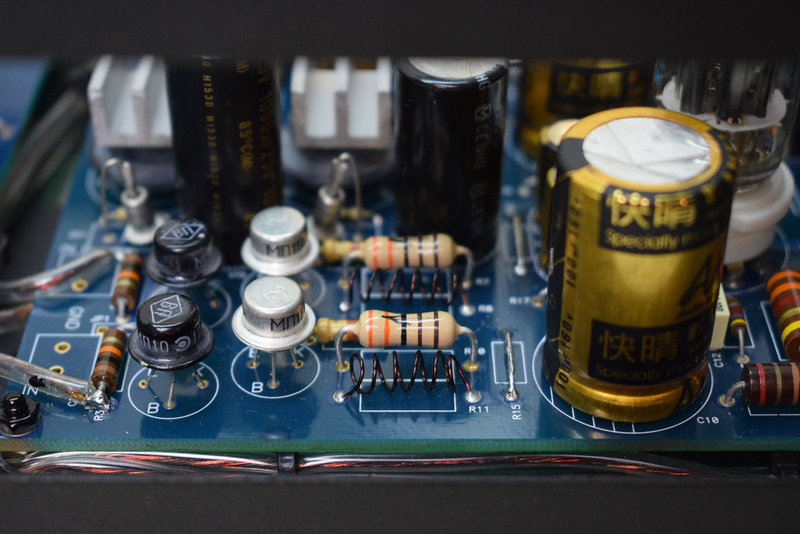
I acknowledge the advantages of a short signal path and am a fan of single-ended stages. However, it took building numerous amplifiers before I could extract anything resembling live music from a pile of metal. The same applies to DAC circuits and any other devices. Non-oversampling alone won’t automatically make your DAC more musical than other devices. You’ll have to put in the work!
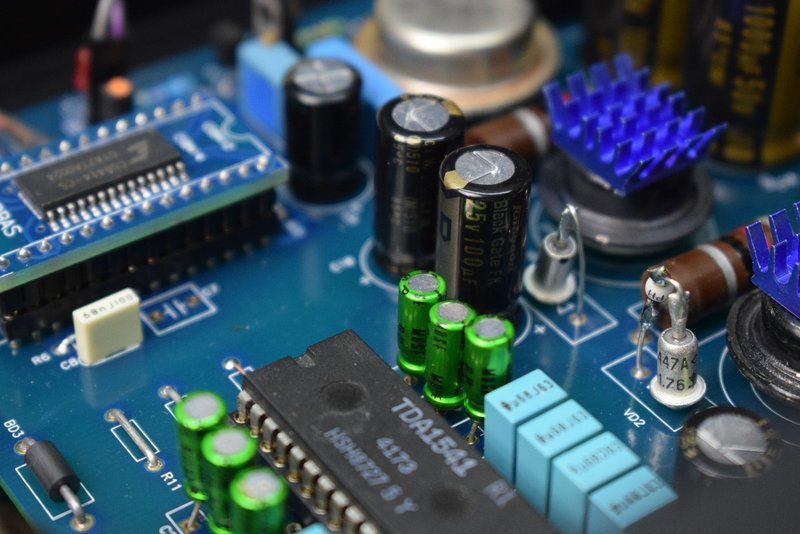
So, the main principles that I try to follow in my work are as follows:
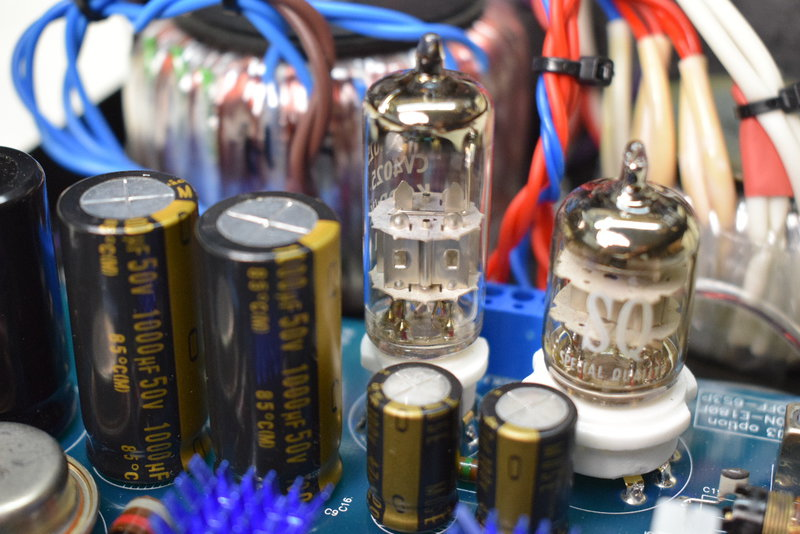
- Do not reduce the number of electronic stages to the point of absurdity. This means that there should be just as many stages as necessary to make harmonious sounding music. For example, if the current/voltage converter sounds better when paired with a cathode follower, then it should be used, even if there is a technical possibility to do without it. You can not cut part of the circuit just for ideological reasons - these questions are answered only by listening, just as the amount of spice in a complex culinary dish is determined only by taste.
- Careful selection of materials for the device This is a very important topic, because many people believe that good circuitry and expensive parts (e.g., Audio Note, Jupiter, Black Gates) are enough, and a great result is guaranteed. However, not everyone realize that the even best device can be ruined by a pair of unsuccessful wires in the internal circuit wiring or an unsuccessful combination of parts such as the wrong proportion between certain types of capacitors. For example, an excessive use of Audio Note Kaisei caps leads to an emphasis in the 2500-3000hz range, which makes the sound excessively aggressive, with metallic vocals. And the abundance of tantalum in the circuit makes the sound clamped, with a plastic tinge. It is also important not only what conductors, resistors or capacitors are made of but also the material used to construct the printed circuit board. Masking or the absence of such, copper traces, the coating of traces, gold or tin plating, protective varnish- you have to choose everything according to taste. Solder used is also extremely important. I use only vintage solders of American and German production or sometimes my own homemade solder. I do not use modern lead-free solders, they sound poor.
- Contours. Ideally, all the conductors, resistors, and capacitors in the device should be connected in the direction of the best sound. In my devices, the principle of contours (see the section «Philosophy» regarding Anton Stepichev) is used from the very beginning. All components are audibly checked before being installed in the circuit to determine the best sound direction. The number of oriented elements increases with the level of the device. Even the direction of windings in all the transformers is important. This can be considered part of working with contours.
- Coordinated action of all parts and materials. In addition to choosing materials and parts with good individual sound properties, their compatibility is also important. Well-chosen components reinforce each other, this phenomenon is called synergy. Poorly chosen-emphasize each other's shortcomings and spoil the sound. This field has no theoretical sources and justifications, of course, and the ability to create harmony between elements comes only with experience. Just as you need to make several dozen violins, so that they not only look like real ones, but also play accordingly. This is an extremely subjective part of the work, but if it succeeds, it is noted by everyone who hears the device.
Now let us talk about other tricks that are used in my devices. I have already mentioned the single-ended output stage, but few people know that a similar solution exists for the power supply circuit. This solution is called a half-wave rectifier. These rectifier schemes were already known from the infancy of radio engineering and were actively used in radio receivers of the 1920s to 30s. This is the most musical rectifier circuit, if I may say so, and it is used in many of my devices, mainly in the digital circuits.
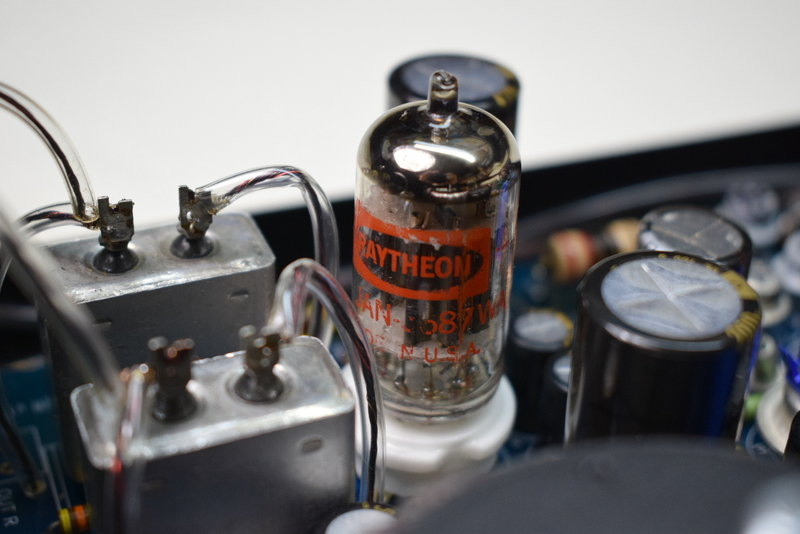
I prefer vintage Philips diodes, but I also use early Soviet germanium diodes. All these types are selected by combination within a single device, and this is the most important factor in the good sound of a digital setup.
The second type of rectifier that I like to use is a scheme with several diodes and a middle point (full-wave rectification). It is more suitable for stages with high current consumption. I use this rectification scheme in the output stages of DACs and phono preamps, and the sound properties can be further improved by selecting DIFFERENT diodes in the different halves. This is very far from the traditional approach to building power supplies.
The next node, which is very critical, is the voltage stabilizer. A lot of them are required in a digital device, and if they are cheap LM317 or 7805 series regulators, then they will steal some of the joy from music, without doubt.
I use a combination of serial and shunt voltage stabilizers, that are mostly based on old germanium transistors. Each type of stabilizer has its own pros and cons, and only a combination of different types gives harmony within a device.
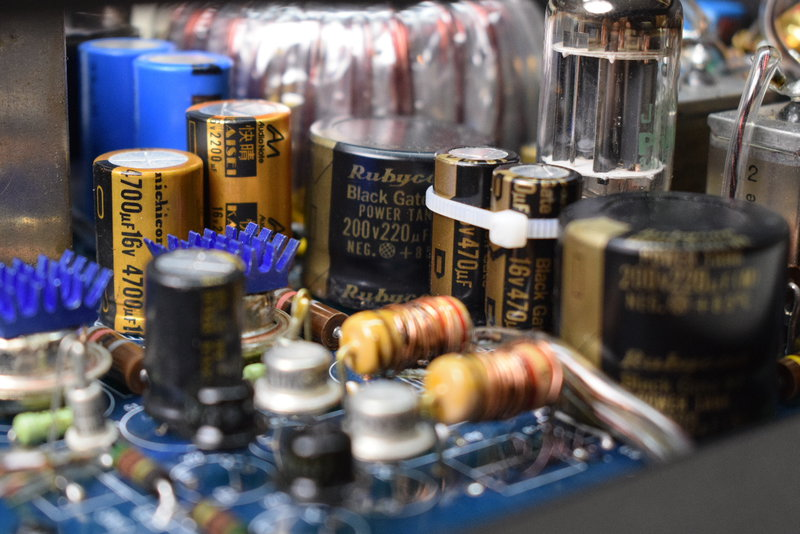
I perform current/voltage conversion for a DAC in two different ways. In the first method, the DAC chip is loaded onto the primary of a mu-metal transformer (passive transformer I/U). The second method, I use a common base amplifier that is based on germanium transistors (active I/U).
Each solution has its own pros and cons, which I have previously described numerous times in the ‘Article’s section of the site. In short, the second method is more universal and allows you to get the best results with regards to dynamics and energy. The first approach provides smoother, “analog-like” sound, but slightly sacrifices speed and attack.
The germanium I/U converter has a high output resistance, approximately equal to the collector load of the stage, so it usually works well in conjunction with a single- ended tube output stage.
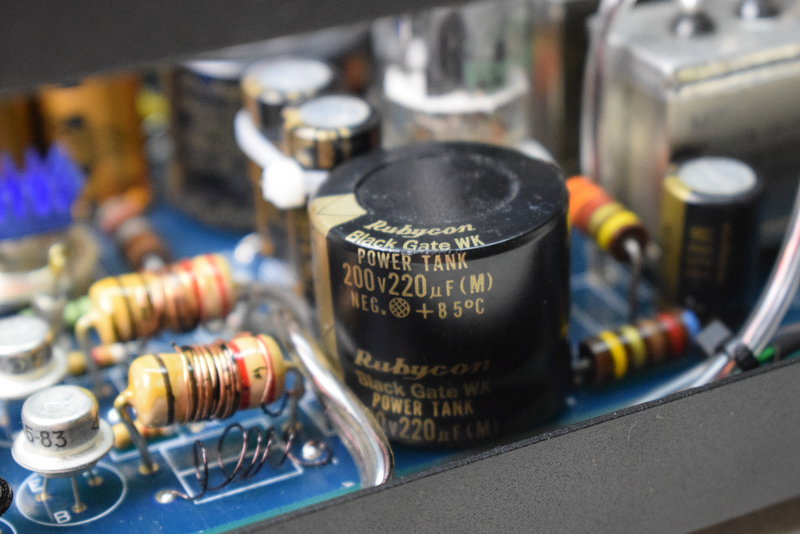
Talking about the selection of conductors for internal wiring and for interconnect cables, I use only my own combinations of copper wires. These consist of multiple strands of different copper cores stacked together in the best sounding direction, according to a certain principle. It can be likened to an orchestra, where individual artists are taken from different countries (Germany, the United States, Great Britain, France, Holland) but working together produce an international sound. Such combinations were created thanks to the huge reserves of vintage copper that I have accumulated over the years of experiments. This technology has no analogues and cannot be repeated, since any combination is selected by ear from rare samples of copper that can not be readily purchased anywhere.
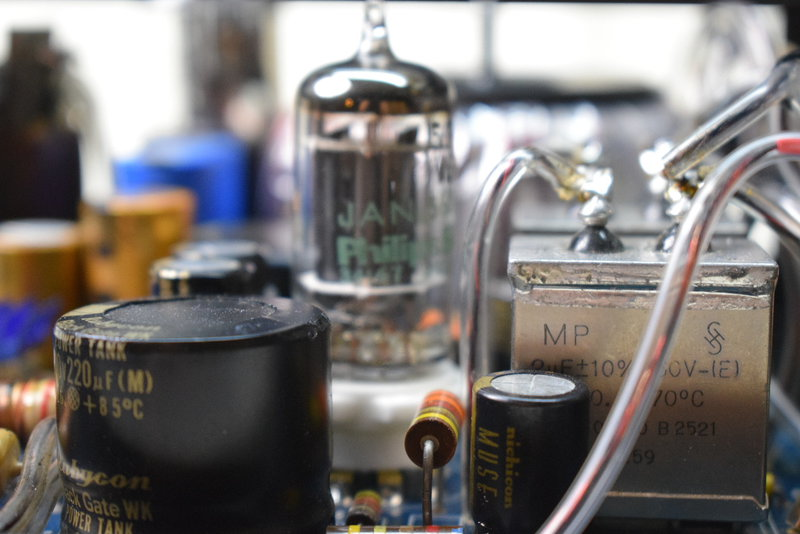
Turning to the selection of tubes, I can outline two trends here. When I build custom-made amplifiers, I try to use the most exotic tubes I can get my hands on. These are 45, 26, 27, RE604, AD1, REN964, AF7, AC2, EL12, AL5, and many others. Building exotic amplifiers on antique tubes allowed me to obtain a unique experience.
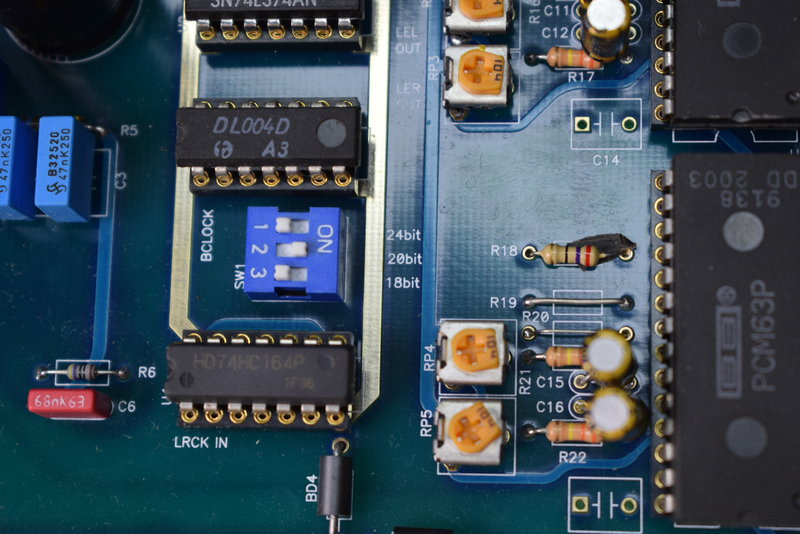
In addition to my own homemade solder, I have a homemade varnish, the recipe of which was developed specifically for covering printed circuit boards. This varnish ennobles the sound of the PCBs, just as a good violin varnish ennobles the sound of wood.
Let us move on to the most interesting and esoteric techniques. From what you may have noticed in product photos, I actively use special pieces of metal, taken from the internal construction of vintage vacuum tubes. They are glued on to transistors and electrolytic capacitors. The method works (as many others, absolutely non-scientific), and that's all you need to know about it. I have some thoughts about the mechanism of influence, but this is a separate topic.
.
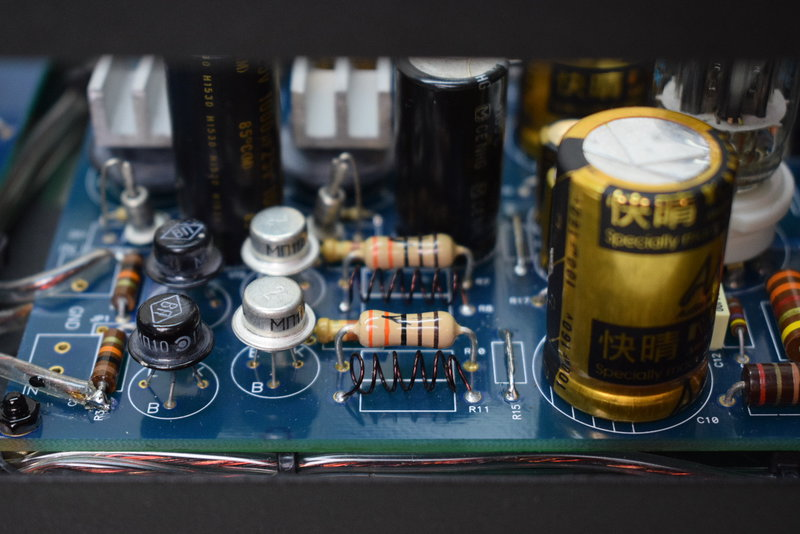
I should also mention some components are subjected to special processing before installation in the device. Resistors are subjected to current treatment: for this they are connected to the secondary winding of an old Philips transformer for 10-12 hours. After this time, the resistor remembers the "vintage" sound, and becomes a much more musical element than before training.
Finally, a list of my favorite components that I use in SE series digital devices:
Black Gate capacitors, Audio Note tantalum resistors, Allen Bradley carbon composition resistors, Soviet military germanium transistors and diodes, Nichicon muse caps (BP, KX, KZ, GT), Philips diodes.

My favorite chips are all the chips I use to build digital-to-analog converters: PCM56, PCM58, PCM63, TDA1543, TDA1541, TDA1540
PCM56, PCM58, PCM63, TDA1543, TDA1541, ТDА1540.
I have also tried PCM1700, PCM1702, PCM1704, but for my taste they sound worse. I was often asked about AD1865. I do not use the Analog Device DAC chips, its sound seems to be somewhat synthetic, with a plastic taste. Sorry!
